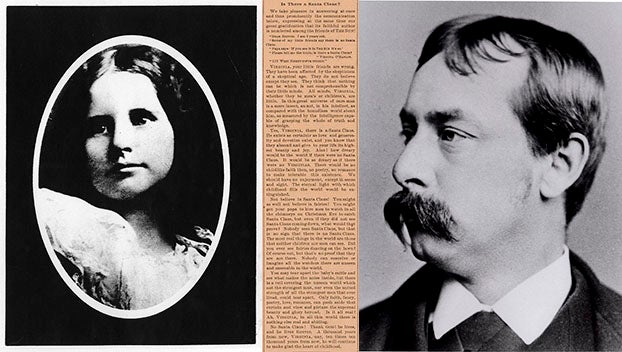The price of minimum wage
Published 8:08 pm Saturday, November 9, 2013
Last month, researchers at the University of California-Berkeley Labor Center released a study that explores the effect of minimum-wage jobs in the fast-food industry on taxpayers as a whole.
What they found is that more than half of families of front-line fast food workers are enrolled in one or more public programs, compared to 25 percent of the workforce as a whole. The cost of public assistance to families of fast-food workers is nearly $7 billion a year, the report finds, and at an average of $3.9 billion per year, more than half of that cost is on Medicaid and the Children’s Health Insurance Program accounts. Fast-food workers’ families get an annual average of $1.04 billion in food stamp benefits and $1.91 billion in Earned Income Tax Credit payments, the report says.
Many would argue that fast-food jobs are a transition job — a temporary job that represents a stopping point on the way to bigger and better jobs. Many would say that fast-food workers are all kids who just need the experience, not big money.
According to the federal Bureau of Labor Statistics, however, these aren’t kids that are working low wage, fast-food jobs. The average age of people who are working, who have jobs, who take orders and cook food, is 29.2. They’re not kids. And they can’t make enough money, even working two fast-food jobs, to make ends meet.
So they have to rely on public assistance, even though they have jobs.
Washington state already has the highest minimum wage at $9.19 an hour, but this past election, the small town of SeaTac (which includes the Seattle airport) voted to raise the minimum wage to $15 an hour. In New Jersey, votes raised the minimum wage by $1, so it’s now $8.25 an hour and put into place an automatic annual cost of living increase.
The UC-Berkeley study breaks down the research on a state-by-state basis. In North Carolina, there are 66,000 year-round fast-food workers (who work at least 10 hours a week, and at least 26 weeks out of the year). Of those workers’ families, 50 percent are enrolled in EITC, 16 percent in Medicaid (adults), 20 percent in Medicaid/CHIP (children) and 27 percent get food stamps. What that’s costing taxpayers is a whopping $264 million a year in North Carolina alone.
Is it time to follow the lead of a small Washington town to ensure that all workers make enough money to support themselves so we don’t to pitch in via taxpayer dollars? Is the first step in “welfare” reform increasing minimum to a living wage?




